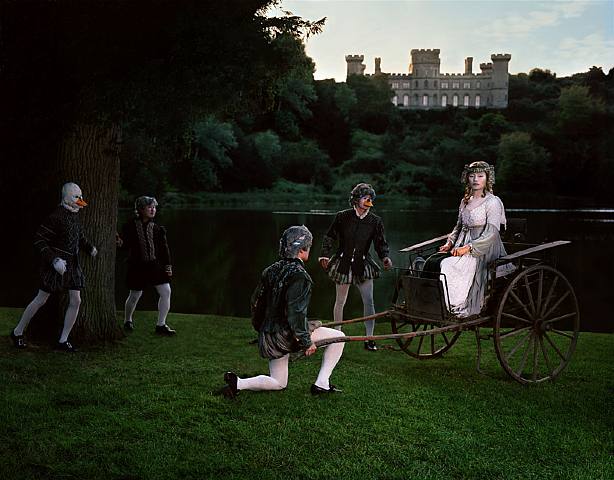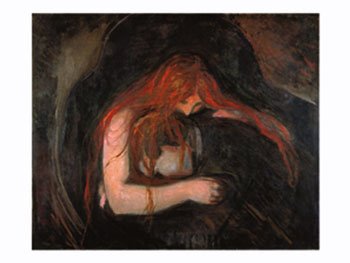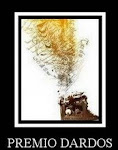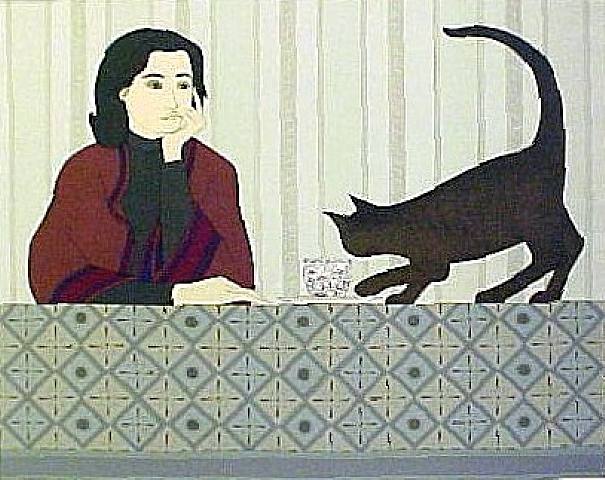a diferença entre a arte chinesa e a renascentista no que diz respeito à imagem

(fotografia de chan-hyo bae, "existing in costume swan lake", 2009)
"The great difference between the Chinese scholar-artist and Renaissance scholar-artist is this: if the Chinese scholar-artist had a garden... he would want to walk in it, so he would make his path so that he'd have a longer walk. So he walks up the path of his garden and then goes and makes a picture of that garden, or the experience of walking in it. But the Renaissance scholar sits in a room and looks out of a window, and then makes his picture.
He is fixed with the window picture, and therefore he thinks of perspective. The chinese wouldn't because their experience is moving, flowing, as time is flowing. And so they both start off with very different locations; one is seated and the other is not" (1)
david hockney
(1) HOCKNEY, David apud PETERS, Ronnie - Designing for the computer screen. in SMITH, Linda, ed. ; DALRYMPLE, Prudence W., ed. - Designing information: new roles for librarians [Em Linha]. Urbana-Champaign: University of Illinois at Urbana-Champaign, 1992. [Consult. 25 Jan. 2010 23.59]. Disponível em: http://www.archive.org/details/designinginforma29clin. ISBN 0-87845-088-2. p. 154.











